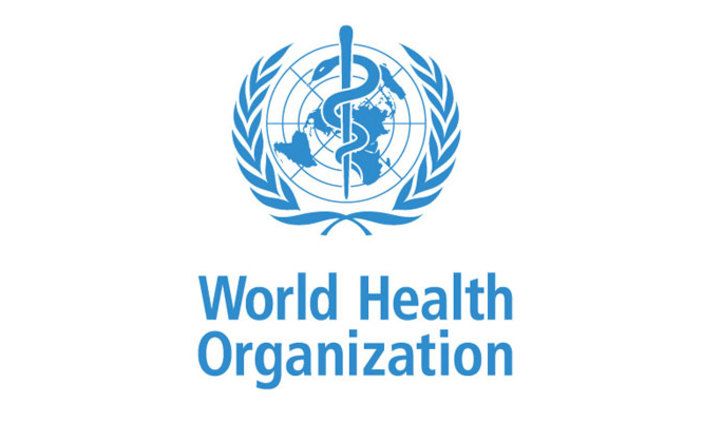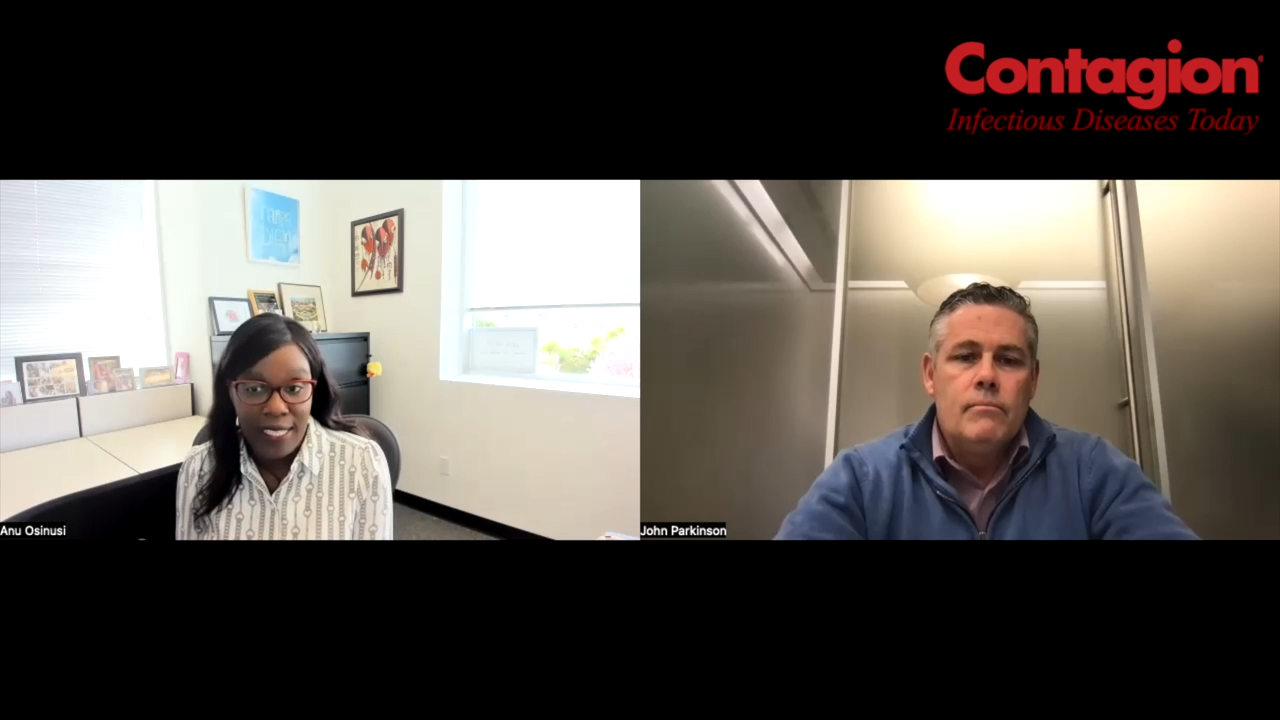WHO Updates HCV Recommendations in Pursuit of 2030 Goals
WHO issues new HCV treatment recommendations that include "radical simplification" of care pathways, in pursuit of testing and treatment goals.

The World Health Organization (WHO) has issued updated recommendations for addressing the major public health problem of hepatitis C virus (HCV) which call for "radical simplification" of care pathways and increased point of care (PoC) testing, if its Global Health Sector Strategy goals of 90% testing and 80% treatment are to be attained by 2030.
"While good progress has been made in several champion countries, there remains a major testing and treatment gap," the policy brief on the updated recommendations indicates. "In 2019, still only 21% of the 58 million persons with chronic HCV infection had been diagnosed, and 13% treated."
In an accompanying set of treatment recommendations, the WHO indicates that all persons with chronic HCV as young as 3 years of age regardless of stage of disease should receive treatment with pangenotypic direct acting antivirals (DAAs). The WHO characterizes the recommendation as "strong" for those 6 years and older; based on moderate certainty of evidence for adults, moderate to low certainty for adolescents and moderate to very low certainty for children 6-11 years of age. The recommendation is qualified as "conditional" for younger children of 3 to 5 years; with "very low certainty" of evidence, due to the lack of controlled trial data for this population.
The updated recommendations fall into 3 broad categories: simplified service delivery (involving decentralization, integration and task sharing); improved diagnostic efficiencies (including use of PoC testing of HCV RNA viral load); and treatment with DAAs across age groups≥3 years of age.
Decentralizing, integrating, and sharing the tasks of testing and treatment for HCV entails moving the services from specialty care settings to community-based facilities that can include primary care, harm reduction sites, prisons and HIV/ART clinics.
"We recommend delivery of HCV testing, care and treatment by trained non-specialist doctors and nurses to expand access to diagnostics, care and treatment," the policy brief explains.
To improve efficiency of diagnostics, the WHO recommends increased use of PoC testing for HCV RNA as an alternative to laboratory-based testing for both diagnosis and confirming cure. It also calls for reflex HCV RNA viral load testing, with detection of HCV RNA from the same specimen found positive for HCV antibody.
In recommending extending HCV treatment with DAAs to all ≥3 years of age, the policy brief emphasizes the benefits of earlier treatment in childhood and adolescence. "Achieving a cure before the onset of disease progression will prevent HCV-associated liver damage and extrahepatic manifestations," it indicates.
"Although advanced liver disease is uncommon in children and adolescents, liver fibrosis progresses over time and may lead to complications in late adolescence and/or early adulthood," the policy brief points out. "Other potential benefits of early treatment include avoiding stigmatization of infected children and the prevention of transmission to others, particularly among adolescents engaging in high risk behaviors.
The specific pangenotypic DAA regimens recommended are 12 weeks (with exceptions) of sofosbuvir/daclatasvir or sofosbuvir/velpatasvir; or 8 weeks of glecaprevir/pibrentasvir. The first is noted as the most widely used regimen in adults due to availability of quality-assured, low-cost generics.The non-pangenotypic regimen of sofosbuvir/ledipasvir is included as an option for settings with minimal genotype 3 HCV infections.
The WHO acknowledges that a major constraint to implementing these treatment recommendations is that few low and middle income countries have included adolescents and children in their national hepatitis strategic plans or their testing and treatment guidelines."As a result, most cases in adolescents and children remain undiagnosed and untreated," it observes.
To improve this deficit, and hasten progress toward the 2030 goals, the WHO recommends several approaches, including:
- prioritizing testing children of all HCV positive mothers (especially if HCV/HIV co-infected)
- offer testing to all children and adolescents presenting with signs/symptoms suggestive of viral hepatitis (including anorexia, nausea, jaundice)
- focus HCV testing on children who have had medical interventions or received blood products in countries with high prevalence of HCV
- offer HCV testing or retesting to mothers and infants in immunization or under-5 clinics
- consider HCV testing for all children and adolescents seeking services for HIV, STDs, and TB, and those admitted to hospitals in high prevalence regions.




















